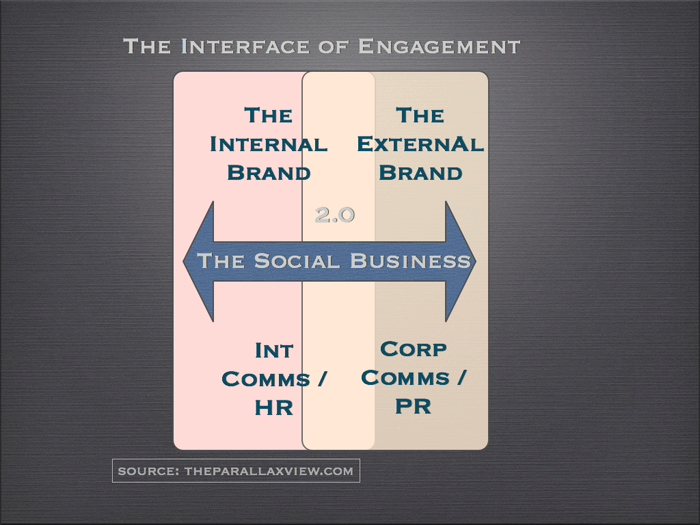Every year companies run out their Pulse Survey, but is time running out for the Pulse Survey. Could the same sentiment software used for social media analysis mean the death of the Pulse Survey?
Of late I’ve been looking at some sentiment software and how it might be used inside a corporation to gauge employee mood. The idea is that the same techniques used to monitor sentiment across the ‘blogosphere’ and ‘Twitterverse’ could also be used for an internal enterprise social network.
My current thinking on this is that it’s a bit of the proverbial sledgehammer. It would be far more easy to simply monitor it manually, or if needed to set up special focus groups, perhaps as Private or Secret Groups (to use Jive’s nomenclature) and ask people what they think. It might potentially be of use when a network gets to say a 100,000 people, which is the potential of the current project I’m working on, but not particularly cost effective for smaller numbers.
But then. This sort of data is priceless. Companies need to know how engaged or disgruntled their employees are. The traditional way of finding this out it the Pulse Survey. Most of us have experienced these: HR lugs these out on an annual basis and the maligned manager tries to work out who dunnit. They provide an invaluable snapshot of where a company’s most human of resources actually are at.
So could social media (social business) replace the Pulse Survey and become in effect a rolling pulse survey, an actual beat, much more of a pulse than the traditional one? My thinking on this is not. I think the Pulse Survey provides an important benchmark, some empirical figures and at least in theory, a wide spread of employees.
The ongoing social pulse type of survey would we know be particular in its audience and glean information from only those actively participating in the networks. This we know from the Forrester ladder or Altimeter’s reworking of this (well they did make the 1st ladder but obviously don’t own either the rungs or the struts, just those bits in between them), that only a minority of a network’s members actually tap on the keys and write. The rest just ‘point and click’ as a friend of mine dubs anyone who uses a GUI.
This all said though, an annual survey is as it says on the box a one-off per year event. The data needs analysing and of course it’s HR who make and answer the questions. It is by its nature both limited in scope both as temporal and in data. The work-based social network is ongoing, the beat is that of the employees. They determine both the questions and the answers. And thus, so much more richer in information and of sentiment is the organisation that uses and encourages a global social network. And short of spying (shades of the Deutsche Bahn ‘spying’ scandal), what better way is there of seeing what people think than a healthy and honest social network?
In fact I’d go further and argue that a corporation without one, HR and others, doesn’t really know what all its people thinks. Well ok, once a year do they if they run the Pulse Survey – but what far better way is there for senior management to know what people feel than an active and healthy social business network?
Updated from September.




